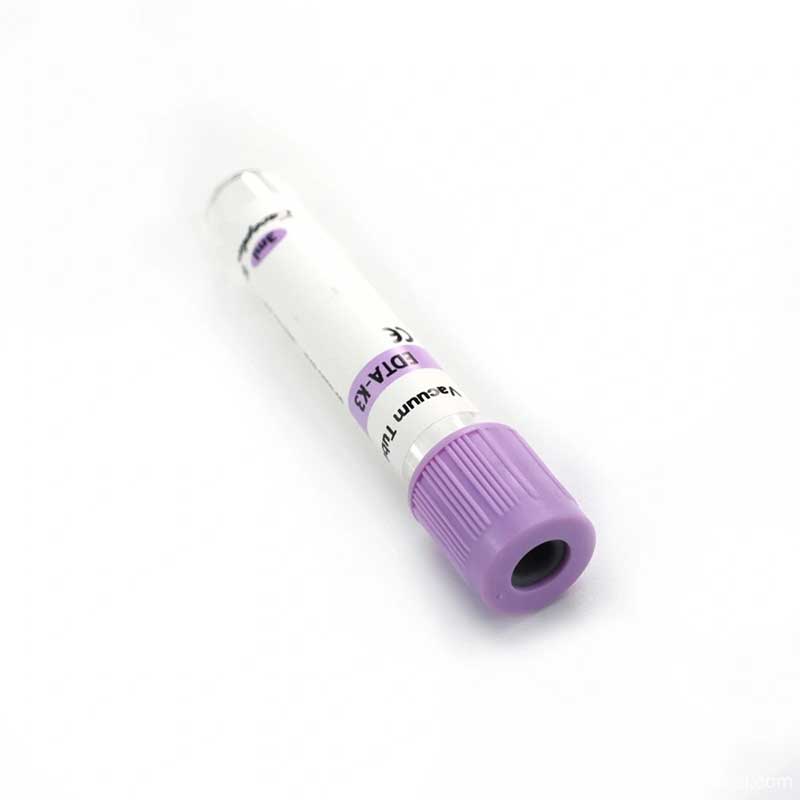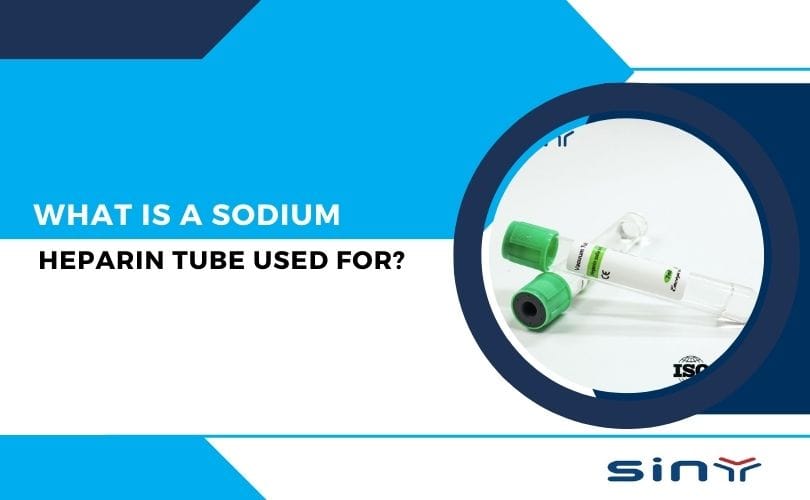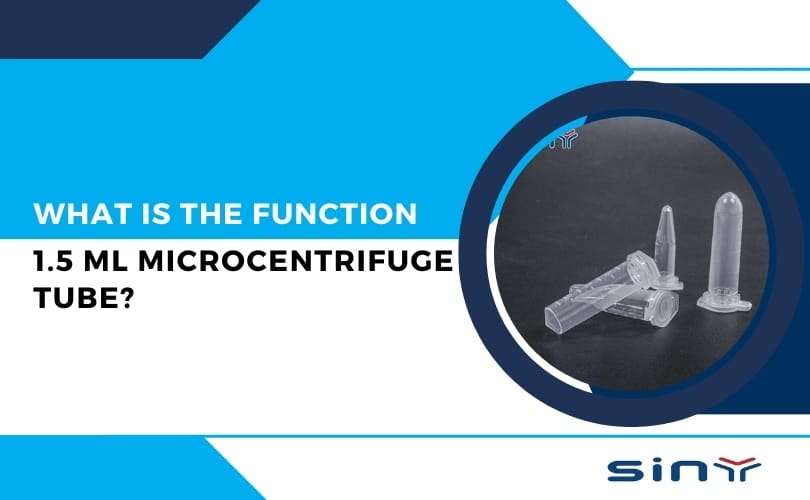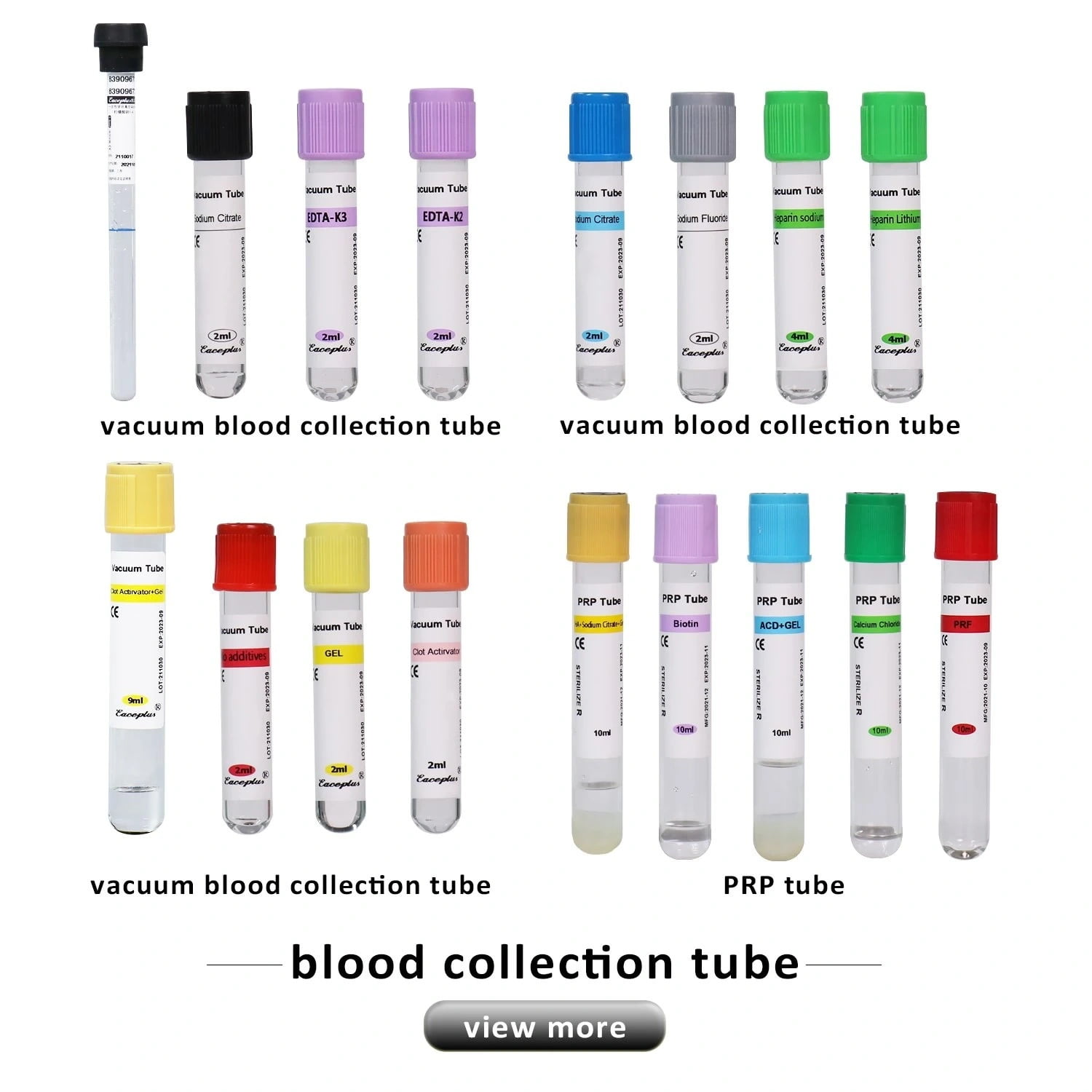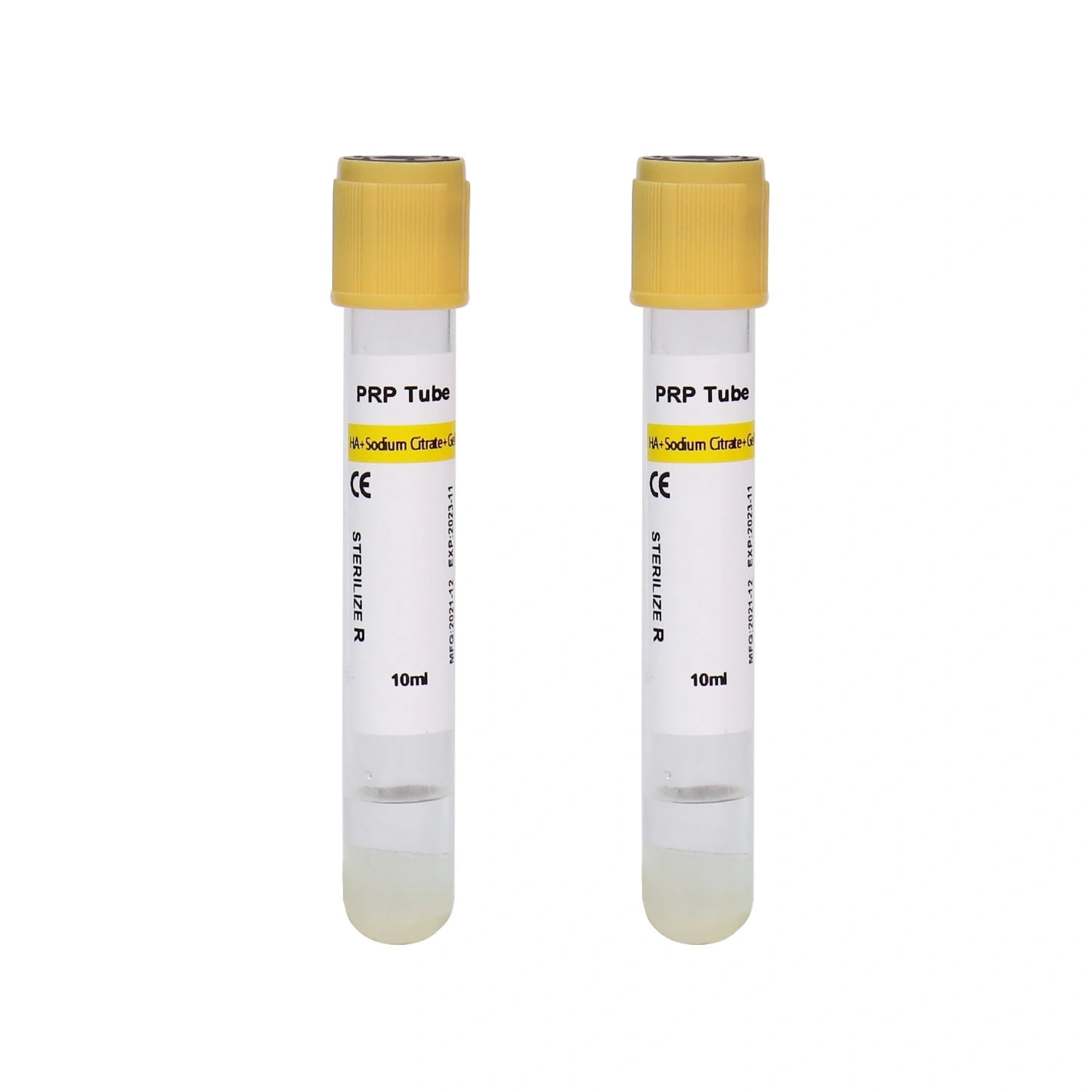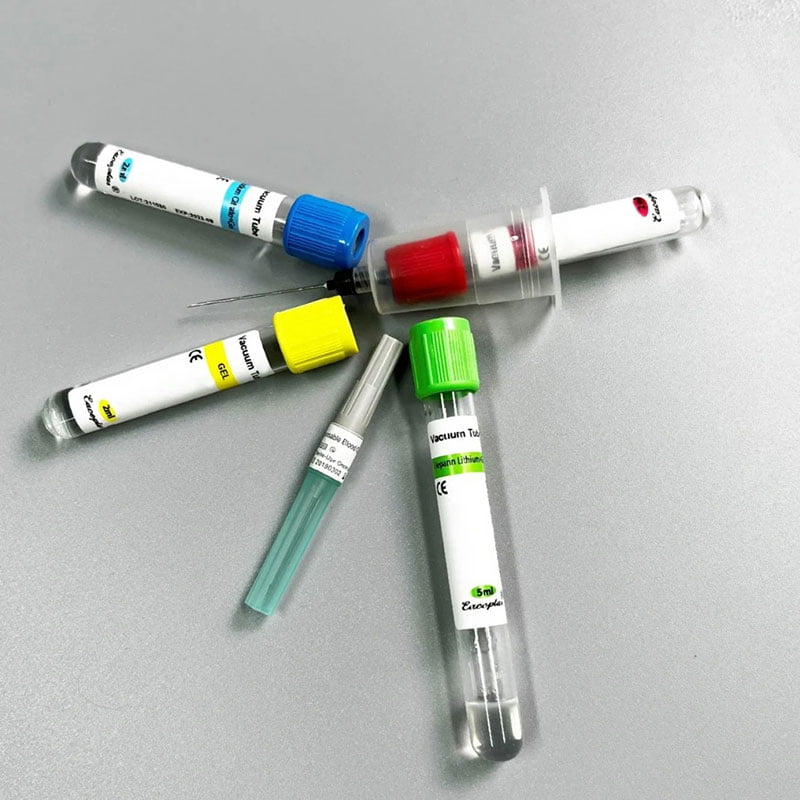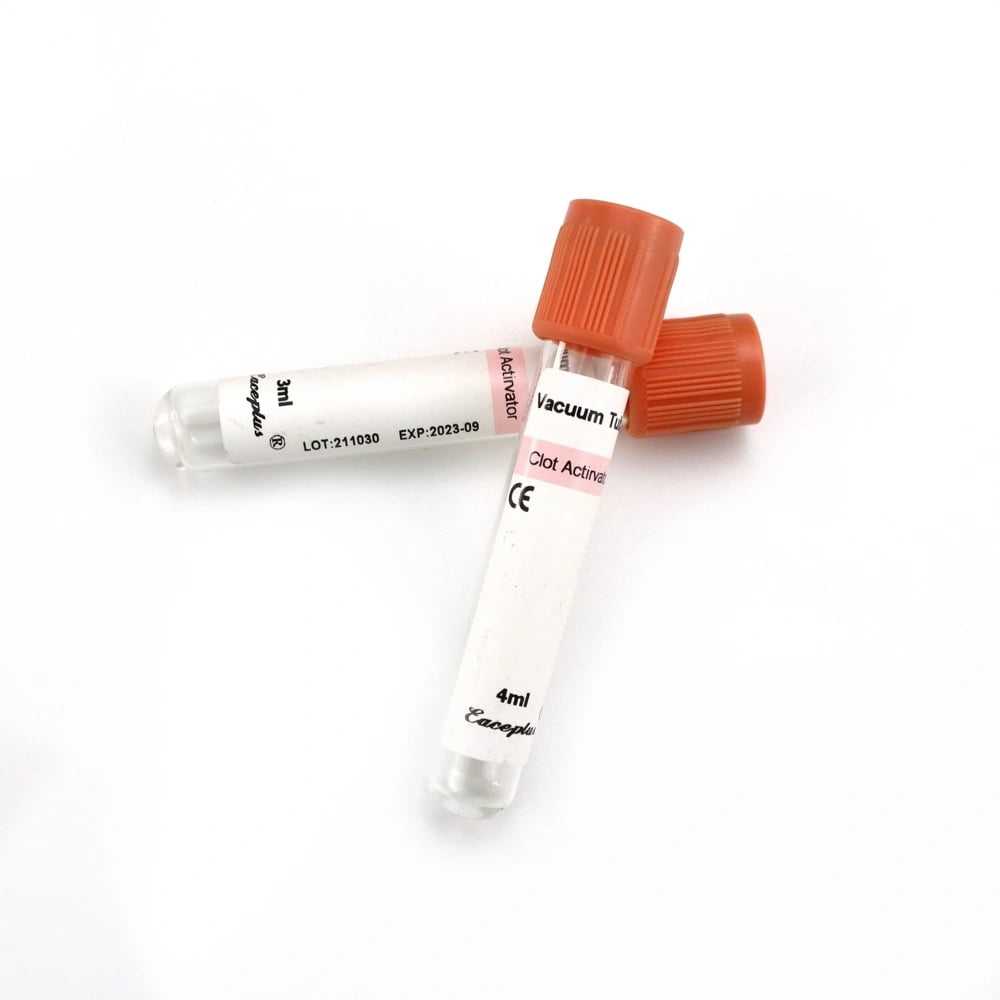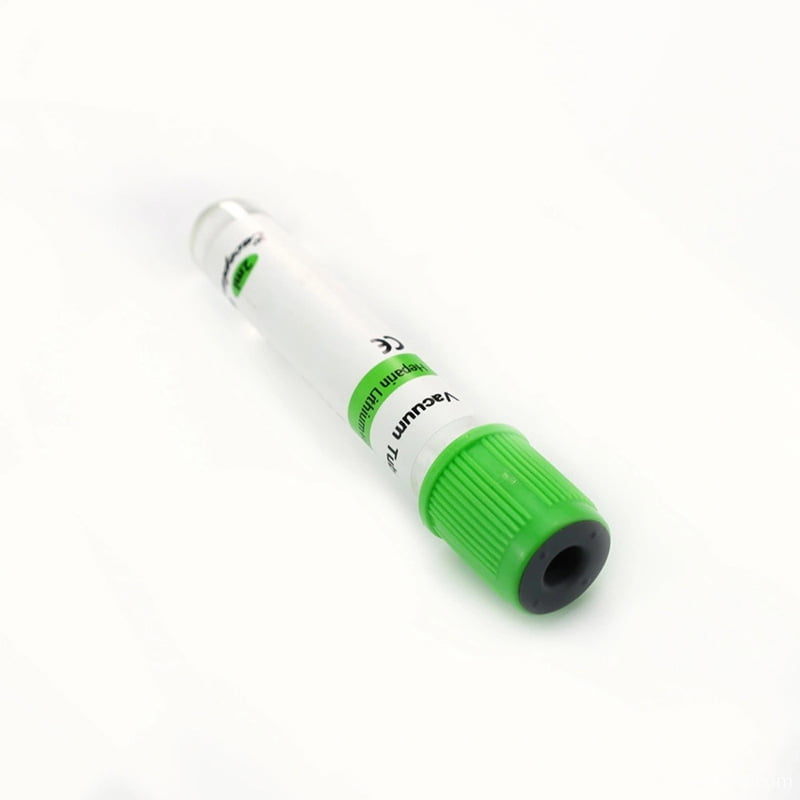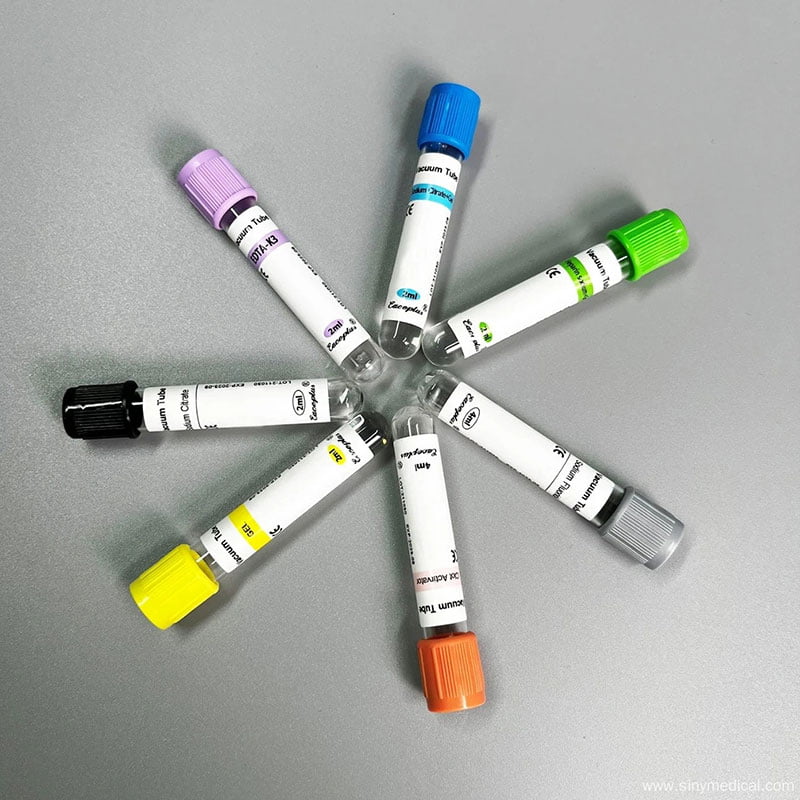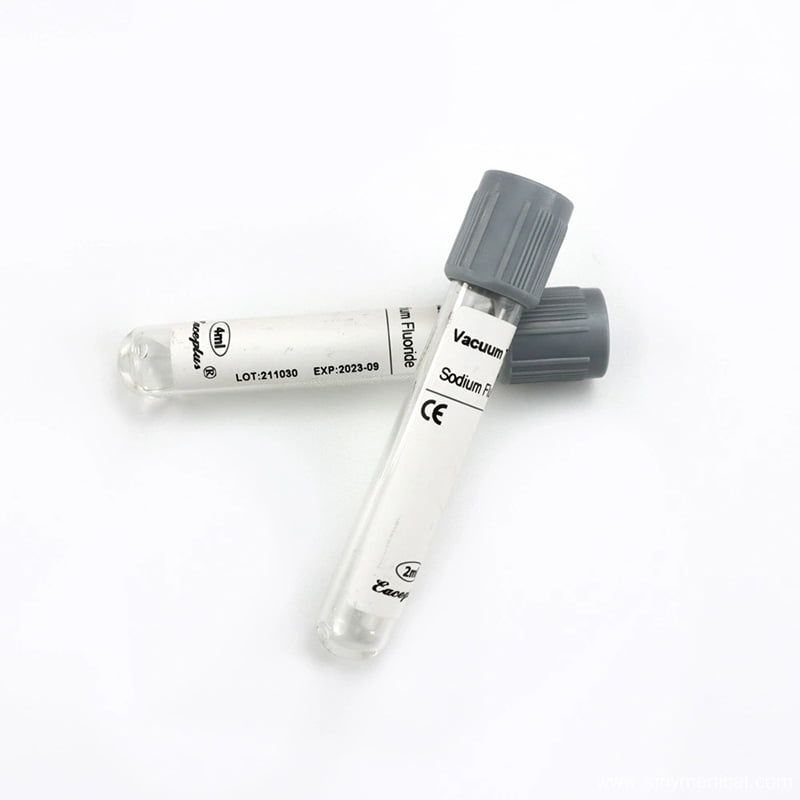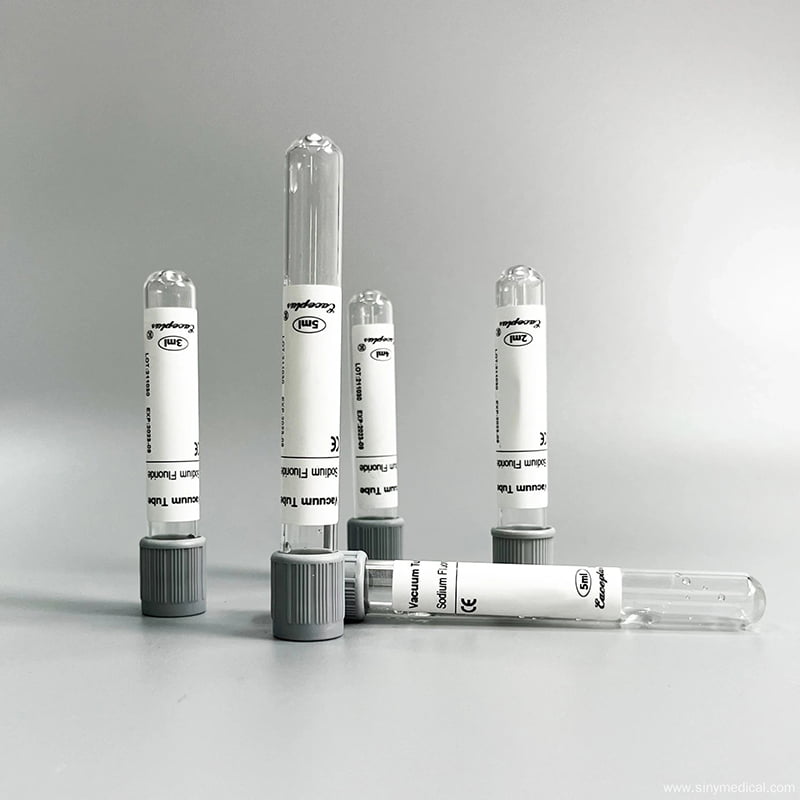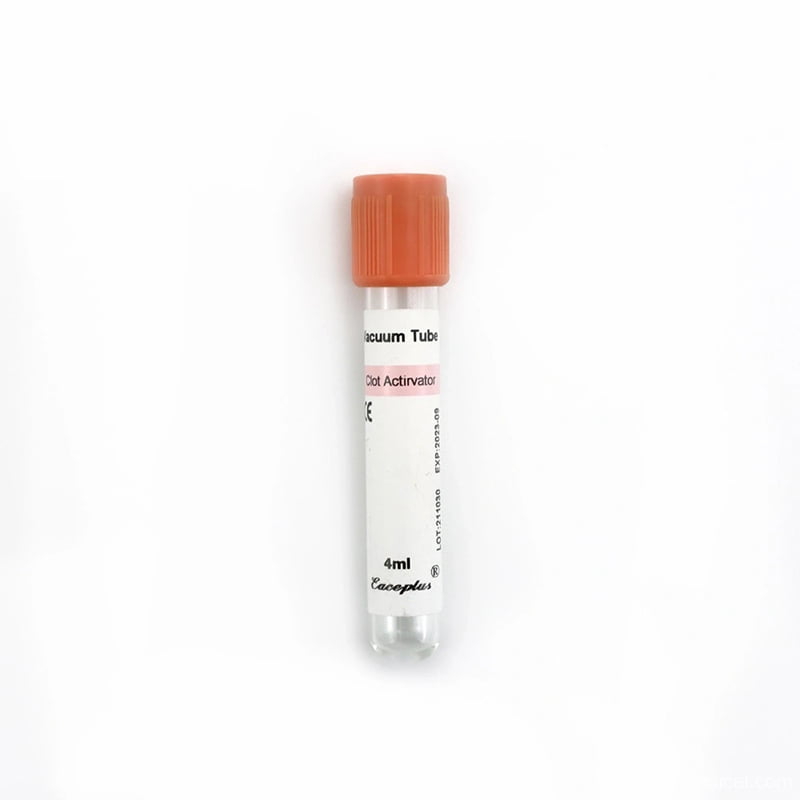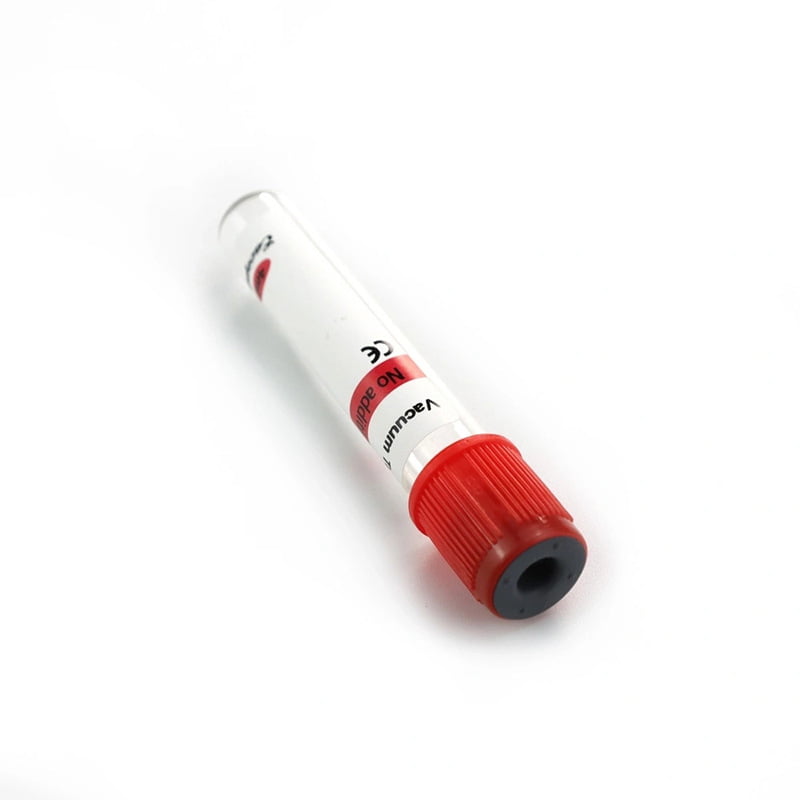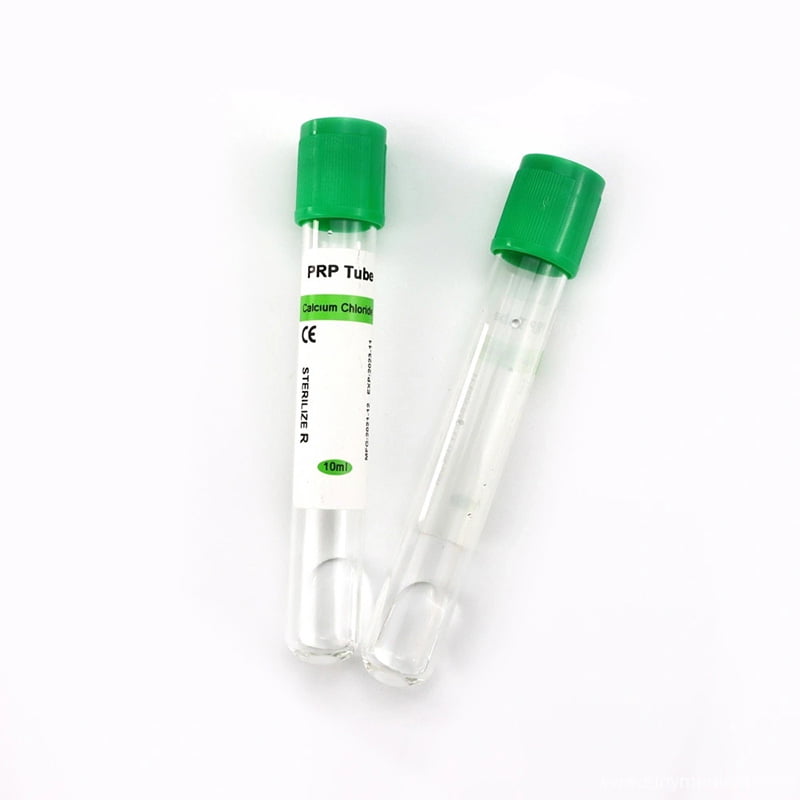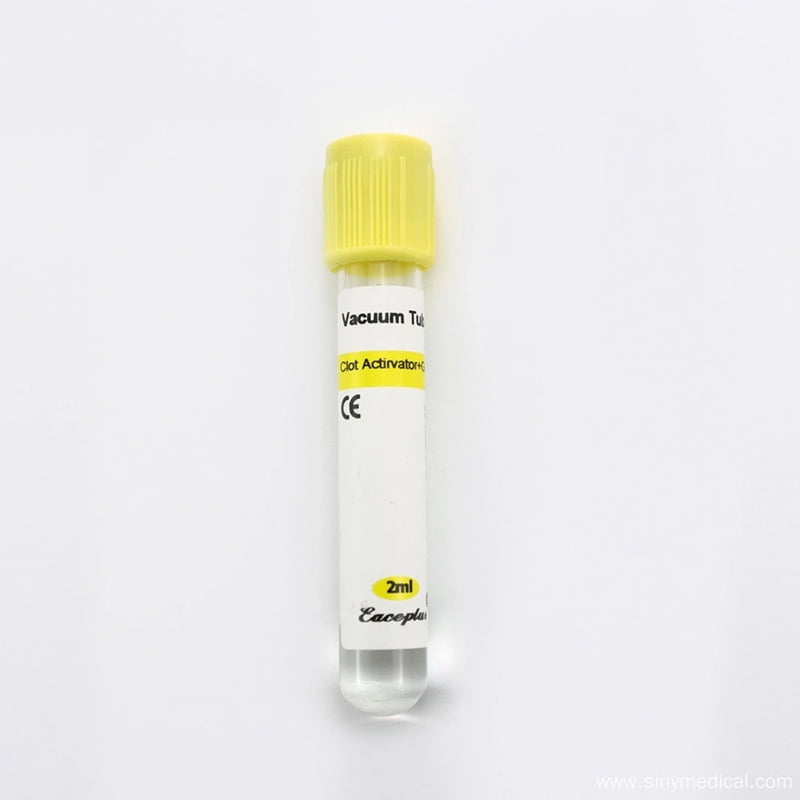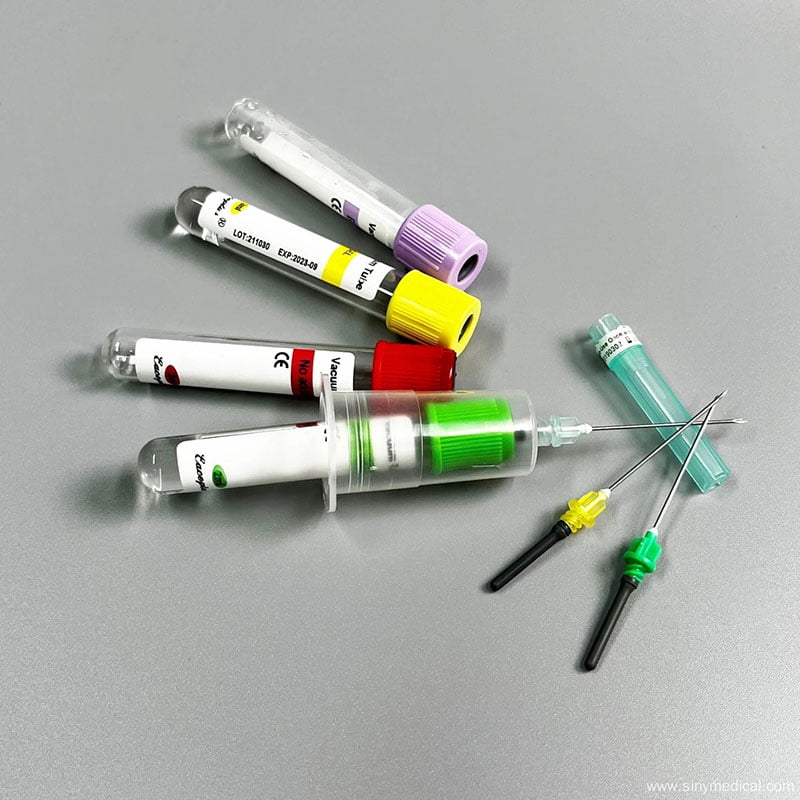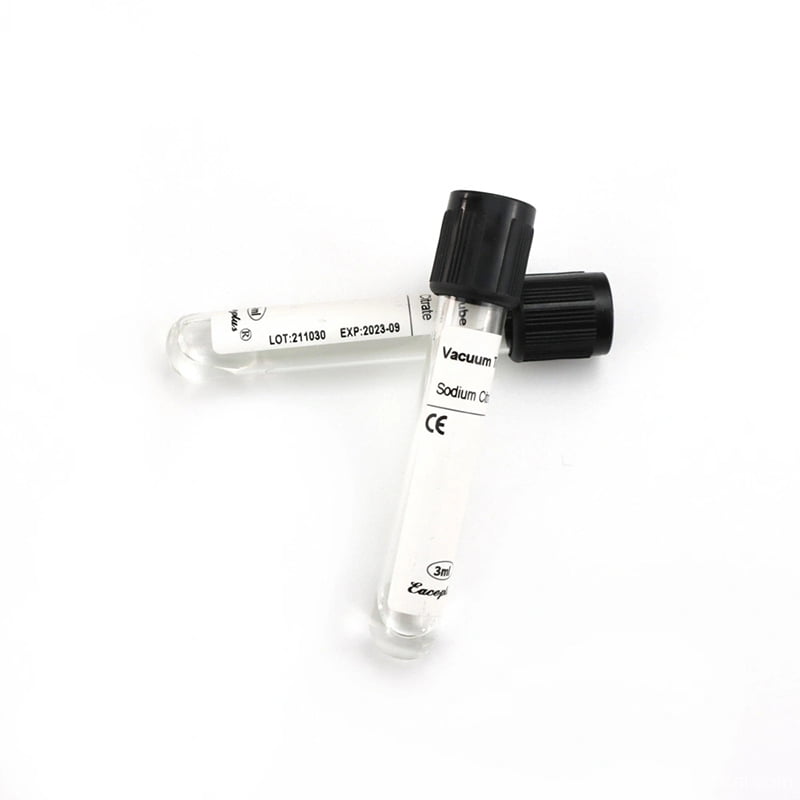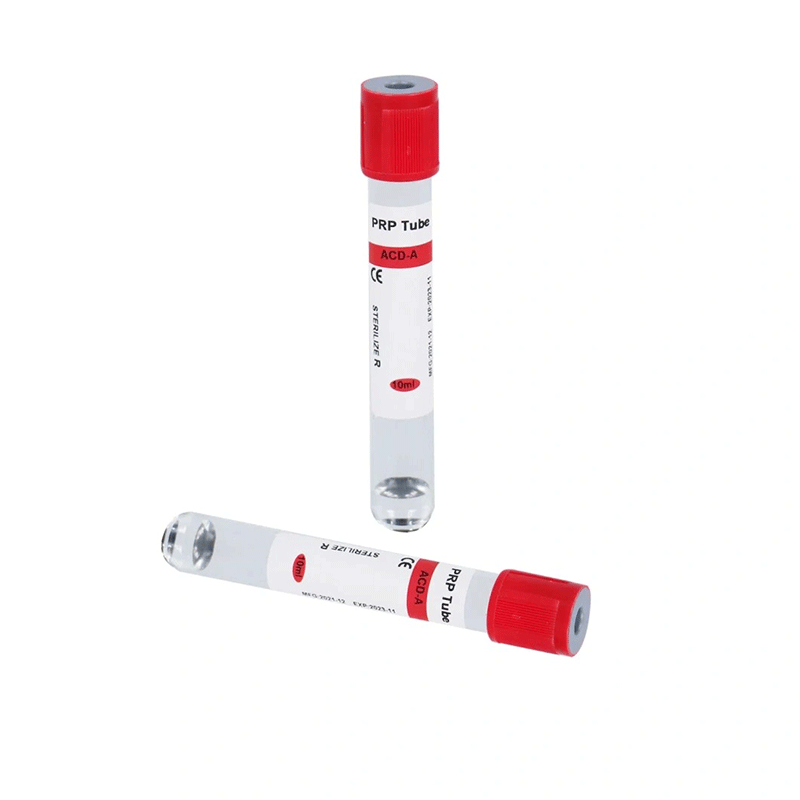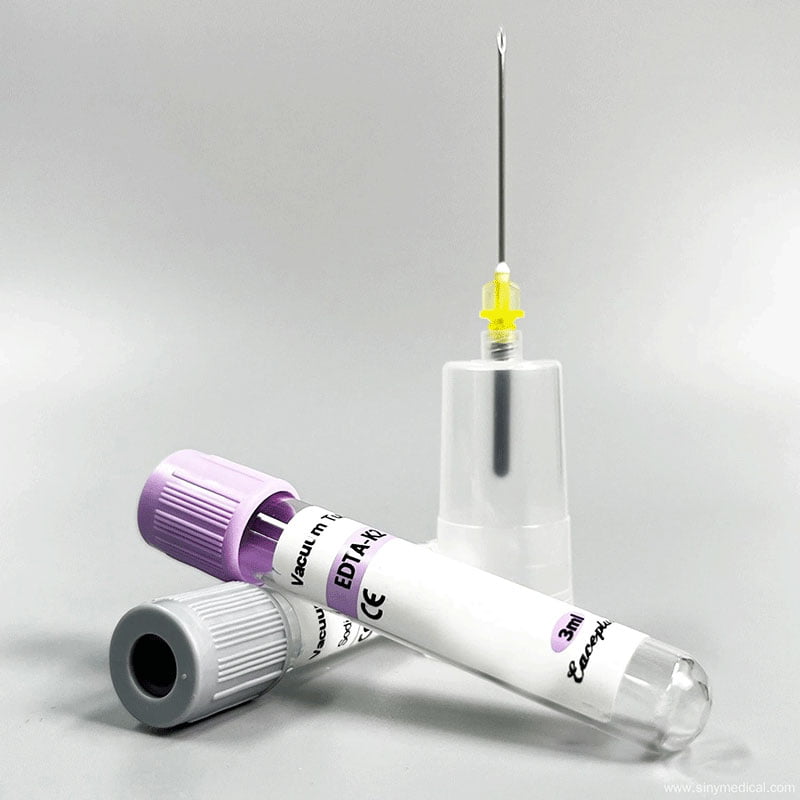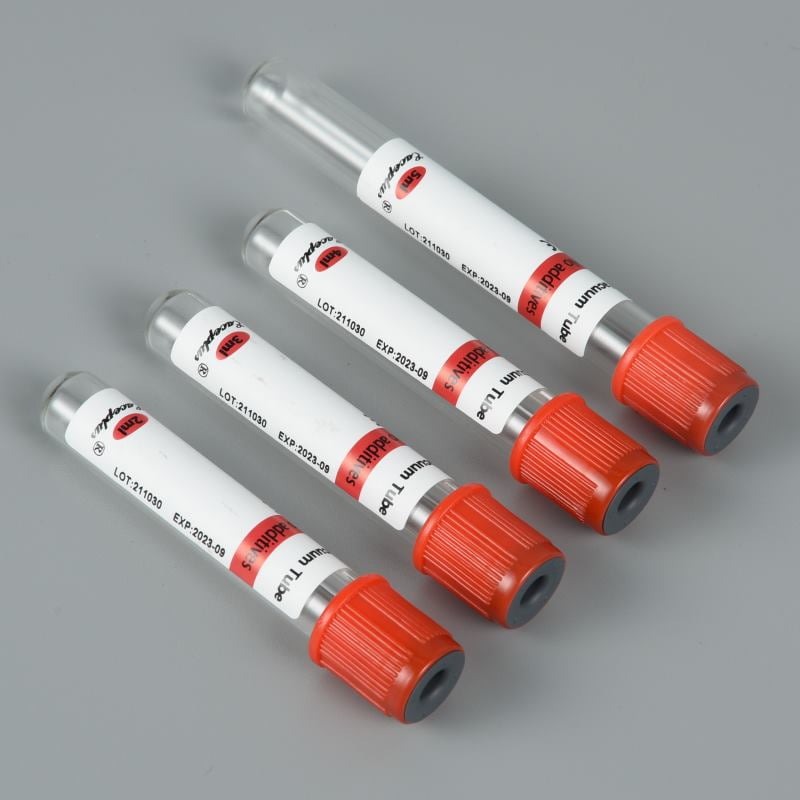Sodium heparin tubes are specialized blood collection containers that contain sodium heparin as an anticoagulant. This document explores the primary uses of sodium heparin tubes in clinical and laboratory settings, highlighting their significance in various diagnostic and therapeutic processes.
Table of Contents
What Is a Sodium Heparin Tube?
A sodium heparin tube is a type of blood collection tube that contains sodium heparin, an anticoagulant. The anticoagulant works by preventing blood from clotting, making it ideal for tests that require plasma (the liquid portion of the blood) instead of whole blood or serum tube.
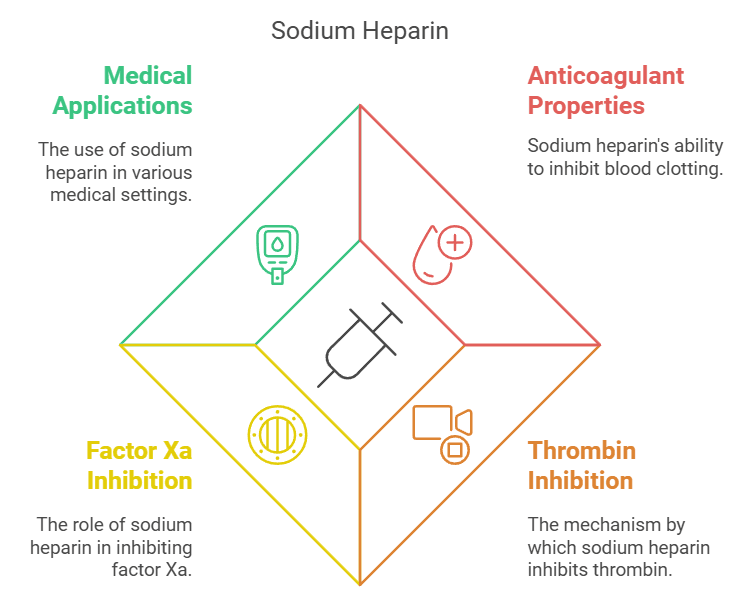
Tube colour: These tubes usually have a green top, making them easily recognizable in clinical settings.
Anticoagulant mechanism: Sodium heparin binds to antithrombin III, a protein that prevents clotting factors from forming a blood clot.
Uses of Sodium Heparin Tubes
Blood Gas Analysis
Sodium heparin tubes are commonly used for blood gas analysis, which measures the levels of oxygen, carbon dioxide, and pH in the blood. This analysis is critical in assessing respiratory function and metabolic status, especially in emergency and critical care settings.
Plasma Collection
These tubes are ideal for collecting plasma samples for various laboratory tests. The anticoagulant properties of sodium heparin allow for the separation of plasma from blood cells without the formation of clots, enabling accurate biochemical analysis.
Coagulation Studies
Sodium heparin tubes are utilized in coagulation studies to evaluate the blood’s ability to clot. They are handy for tests that require the measurement of activated partial thromboplastin time (aPTT) and other hemostatic parameters.
Therapeutic Drug Monitoring
In some instances, healthcare professionals employ sodium heparin tubes for therapeutic drug monitoring, especially for medications that require precise dosing and monitoring of blood levels. The anticoagulant effect helps maintain sample integrity during transport and processing.
Research Applications
In research laboratories, researchers frequently use sodium heparin tubes in studies involving blood components, such as plasma proteins and cellular responses. Their ability to prevent clotting makes them valuable for various experimental protocols.
How Are Sodium Heparin Tubes Different From Other Tubes?
Not all blood collection tubes serve the same purpose. Here’s how sodium heparin tubes compare to others:
| Tube Type | Additive | Main Use |
|---|---|---|
| Sodium Heparin Tube | Sodium Heparin | Plasma-based tests |
| EDTA Tube (Purple Top) | EDTA (anticoagulant) | Hematology (e.g., complete blood count) |
| Serum Separator Tube | Gel or Clot Activator | Serum-based tests (e.g., chemistry panels) |
The key difference is that sodium heparin preserves plasma, while other tubes may focus on whole blood or serum analysis.
How Do Sodium Heparin Tubes Work?
Using a sodium heparin tube is straight forward but must follow proper protocol to maintain sample integrity:
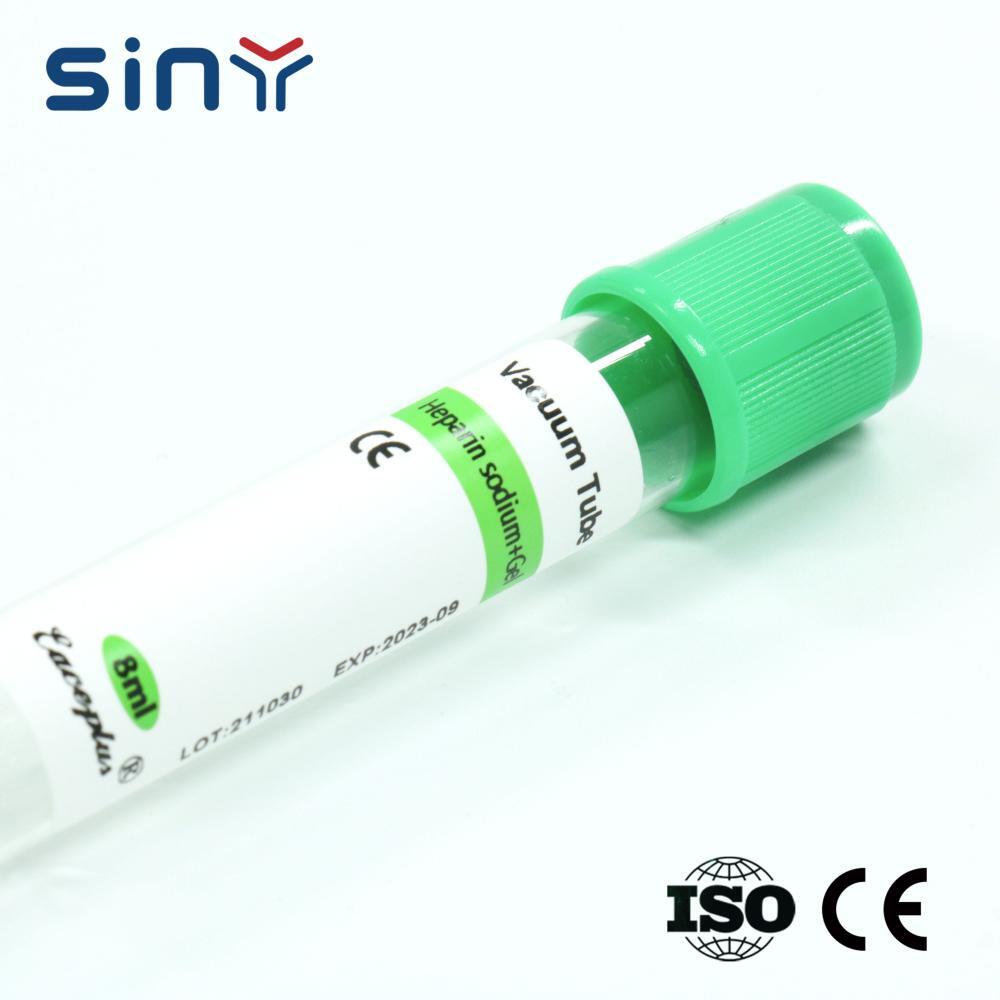
- A healthcare professional draws blood into the tube using a syringe or vacuum system.
- The professional gently inverts the tube several times to mix the sodium heparin with the blood.
- After processing, a centrifuge separates the plasma from the blood.
The result is a sample that’s ready for testing without clots or degraded components.
Final Thoughts
Sodium heparin tubes play a vital role in modern medical diagnostics by facilitating accurate blood testing across various disciplines. Their ability to prevent clotting makes them indispensable for biochemical analyses, hematology, and specialized tests. Understanding their uses and features ensures that healthcare professionals can effectively utilize these tools to provide reliable patient care.
FAQs Sodium Heparin Tubes
Can sodium heparin tubes be used for serum tests?
No, you cannot use sodium heparin tubes for serum tests. Serum tests require the blood to clot naturally, but the anticoagulant in sodium heparin tubes prevents this from happening. Instead, you should collect blood in plain tubes that allow clotting to occur before centrifugation to obtain serum.
Why are sodium heparin tubes green?
Healthcare workers can quickly identify anticoagulant tubes containing sodium heparin thanks to the green cap on sodium heparin tubes, which follows an industry standard. This color coding is essential for ensuring they use the correct tube during blood collection, thereby minimizing the risk of errors in testing.
Are there any drawbacks to using sodium heparin tubes?
One potential drawback of using sodium heparin tubes for blood collection is that sodium heparin may interfere with certain chemical assays. As a result, these tubes are not suitable for all types of tests. Laboratories must consider the specific requirements of each test to determine the appropriate tube type to use.
How much blood is typically collected in a sodium heparin tube?
The volume of blood collected in a sodium heparin tube depends on the test requirements. Standard sizes for these tubes typically range from 2 mL to 10 mL and heparin tube products. It is important to adhere to the recommended fill volume for accurate test results.
You May Also Read
- Why Heparin Blood Collection Tubes are Essential for Accurate Blood Tests
- How Heparin Tubes Enhance Diagnostic Accuracy
- The Lithium Heparin Tube Treatment for Blood Collection
If you enjoyed this article, please subscribe to our YouTube channel. We provide product video tutorials. You can also follow us on Instagram and Facebook to stay up to date with new updates, news and special deals.

